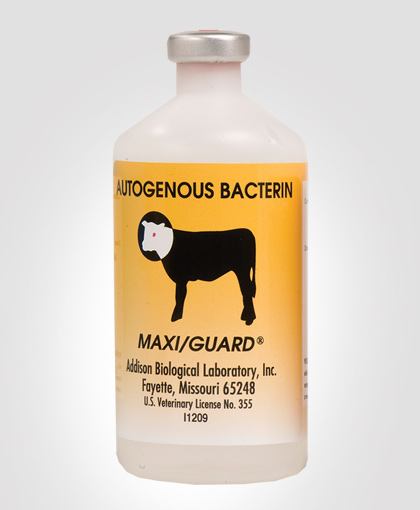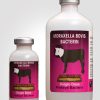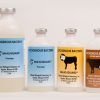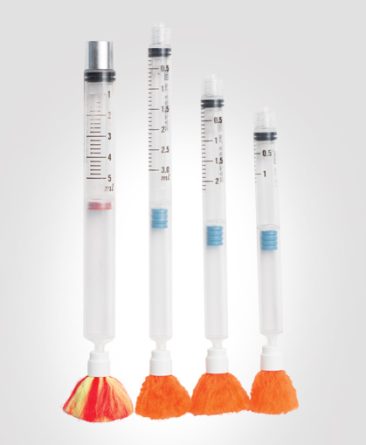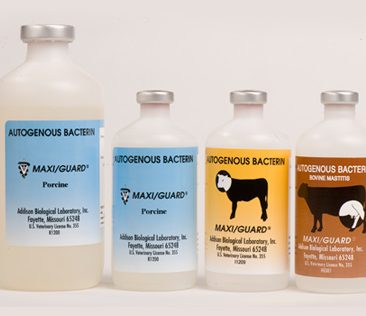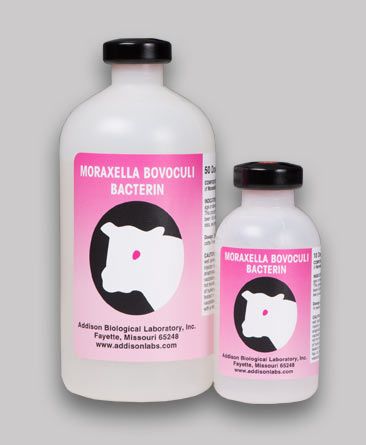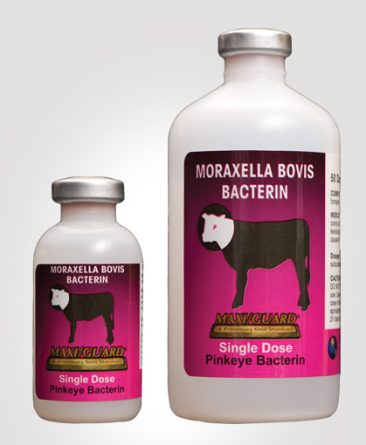Home/Bovine
Moraxella bovoculi Autogenous
Contact local distributor
When your pinkeye problems are more than just M. bovis…
The Addison Autogenous Program is your Solution!
- Complete Diagnostic and Autogenous Support
- Professional consultation from diagnosis to resolution
- Exceptionally Safe
- Over 30 year track record of safety
- Fast Delivery on Initial Order
- Product is usually delivered 2 – 2 1/2 weeks from the time we receive your order
- Allow 4 weeks for subsequent orders due to required additional USDA testing
- Very Economical
- Costs a fraction of treatment expenses
- Low Minimum Orders
- Practical for nearly all herd sizes
MAXI/GUARD Pinkeye Bacterin has earned the trust of bovine practitioners as the preferred pinkeye preventative when the disease is caused solely by M. bovis. However, the problem can be caused by the combination of M. bovis and M. bovoculi bacteria. When M. bovoculi is present, you now have two options. One is to utilize MAXI/GUARD along with the Addison Autogenous Program. The other is utilizing MAXI/GUARD with our new M. bovoculi Bacterin. We can assist you from diagnosing the problem to providing a solution!
Morphology Uncovered

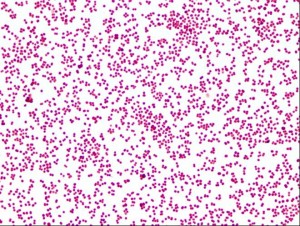
Moraxella bovis is the most common cause of bovine pinkeye. Fortunately, MAXI/GUARD Pinkeye Bacterin effectively prevents pinkeye if:
- The infection is caused solely by M. bovis,
- The cattle are vaccinated properly and,
- The cattle are reasonably taken care of and healthy
However, another issue concerning bovine pinkeye is the increased prevalence of Moraxella bovoculi. MAXI/GUARD can lessen the impact (not as severe outbreaks/less incidence of blindness), but cannot fully protect against it. When we hear of a MAXI/GUARD vaccinated herd that has a pinkeye outbreak, we can be fairly confident in most cases that Moraxella bovoculi is the cause even before diagnostics are performed. In those cases, we may recommend the combination between MAXI/GUARD and a quality autogenous program.
If a herd suffers a pinkeye break after proper vaccination with MAXI/GUARD, we want to hear about it! We will work with veterinarians to obtain eye cultures (by sending a pinkeye outbreak kit) and perform the diagnostic work at no charge. When results are available, we will then provide professional consultation to determine if creating an autogenous bacterin would be beneficial. If an autogenous bacterin is made, it is important to remember to vaccinate with both MAXI/GUARD Pinkeye and the autogenous bacterin for complete coverage.
Click Here For Most Common Questions About M. bovoculi.
Progressive Cattleman Moraxella bovoculi Update
Bruce Addison, President of Addison Biological Laboratory, Inc., has long been recognized as a leader in the ever changing disease of bovine pinkeye. Recently he provided a comprehensive update of the disease to Progressive Cattleman and Progressive Dairyman magazine. This article contains an update on M. bovoculi. Please click on the following link to access the article.
Progressive Cattleman M. bovoculi/Pinkeye Update
Winter Pinkeye – Veterinary Advantage Magazine
This article addresses the ever growing problem of bovine pinkeye occurring in the non-traditional cold weather months. Bruce Addison was asked to contribute to this article by explaining Moraxella bovoculi’s role in causing pinkeye during the winter season. Click here to read the article.
For information about our Non-Adjacent and Adjacent Herd Bacterins, click here.

